Pay-Per-Click (PPC) advertising is a pivotal component in the digital marketing landscape designed to drive traffic to websites.
Unlike other forms of digital marketing, PPC charges advertisers only when their ad is clicked, ensuring that marketing budgets are utilized efficiently. At its core, PPC involves bidding on specific keywords that potential customers might use when searching for products or services online.
In a PPC campaign, advertisers compete in auctions where they place bids on these keywords. The higher the bid, the greater the chance that the advertisement will secure a prime placement, such as at the top of search engine results pages (SERPs). However, the bid amount isn’t the sole determining factor for ad placement; relevance and quality of the ad also play significant roles. This system ensures that users are shown ads that best match their search intent.
Know More: GWC Tech Hub LLC to Launch a Payment Gateway Software for Businesses in Africa by 2025
Various types of PPC ads exist, each serving unique purposes. Search ads, which appear on search engine results pages, are among the most common. These ads are highly effective because they appear when users are actively looking for specific information. Display ads, on the other hand, are shown across a network of websites and apps, targeting users based on their interests, demographics, or previous interactions with the advertiser’s website. Social media ads, which appear on platforms like Facebook, Instagram, and LinkedIn, utilize sophisticated targeting mechanisms to reach specific audience segments.
Understanding the dynamics of these different ad types is crucial for maximizing the potential of PPC campaigns. Equally important is the emphasis on tracking and analytics. Implementing robust analytics tools allows advertisers to monitor their campaigns in real-time, adjust bids, and measure the effectiveness of various keywords and ads. This data-driven approach facilitates continual optimization, ensuring that the return on investment (ROI) for PPC campaigns remains high.
Through meticulous planning, keyword research, and strategic bidding, PPC advertising can serve as a powerful tool in an advertiser’s arsenal, driving substantial traffic and conversions efficiently.
Setting Effective PPC Goals
Setting clear and measurable goals is a cornerstone of any successful Pay-Per-Click (PPC) campaign. Without well-defined objectives, it becomes challenging to gauge the effectiveness of your efforts and optimize performance. Different types of goals, such as brand awareness, lead generation, and direct sales, may be relevant depending on your business needs and strategic priorities.
Brand awareness as a PPC goal focuses on increasing your brand’s visibility across various digital platforms. This is typically measured through impressions and reach. High visibility can contribute significantly to long-term growth by positioning your brand favorably in the minds of potential customers.
Lead generation is another critical objective for many businesses, aiming to capture interest from potential customers who may eventually convert. Key Performance Indicators (KPIs) for lead generation often include the number of inquiries, sign-ups, or downloaded resources triggered by your PPC ads. Effective use of targeted landing pages and compelling call-to-actions plays a vital role in achieving this goal.
Read More: 5 Quality Benefits of Having a Business Website as a Start-Up
Direct sales are the most straightforward and often most sought-after PPC goal, focusing on immediate conversions and revenue. For this type of goal, KPIs such as Cost Per Acquisition (CPA), Return on Ad Spend (ROAS), and Conversion Rate are essential. These metrics help determine the financial viability of your campaigns.
Aligning your PPC goals with your overall business objectives is crucial for cohesive strategy execution. For example, if your business aims to enter a new market, focusing on brand awareness through your PPC activities can lay the groundwork for future lead generation and sales efforts.
Realistic and achievable goals are the foundation for any PPC strategy. Using tools like SMART (Specific, Measurable, Achievable, Relevant, Time-bound) criteria can be beneficial in setting robust goals. These goals will guide your PPC strategy, allowing you to allocate budget effectively, choose appropriate targeting options, and craft tailored ad copies.
Tracking KPIs not only measures the success of your campaigns but also offers insights into areas needing improvement. Regularly reviewing these metrics allows you to make data-driven adjustments, ensuring that your PPC campaigns continually evolve to enhance performance and maximize ROI.
Optimizing Your PPC Campaigns
To maximize ROI with PPC campaigns, precision and constant refinement are paramount. The cornerstone of any successful PPC strategy is meticulous keyword research. Utilize tools like Google Keyword Planner and SEMrush to identify high-intent keywords that align with your target audience’s needs and search behaviors. Diversify your keyword portfolio by incorporating long-tail keywords and negative keywords, which help to exclude irrelevant traffic and enhance the overall quality of leads.
Learn More: Gain A Global Recognized Diploma in 12 Months
Crafting compelling ad copy is equally crucial. The ad copy should not only be attention-grabbing but also relevant to the user’s search intent. Employ engaging headlines and persuasive call-to-action phrases. A/B testing various elements of your ads—including headlines, descriptions, and CTAs—can dramatically improve click-through rates and conversion rates. Constantly monitoring and tweaking the ad copy based on performance data helps in maintaining ad relevance and effectiveness.
Landing page optimization is another key aspect of boosting ROI in PPC campaigns. Ensure that your landing pages are congruent with your ads in terms of messaging and keywords. A seamless user experience, fast loading time, and a clear, concise layout can bolster conversion rates. A/B testing your landing pages can uncover elements that influence user behavior, allowing continuous optimization.
Advanced techniques such as audience targeting and remarketing elevate the impact of your PPC efforts. By leveraging demographic, geographic, and psychographic data, you can tailor your ads to specific segments, increasing relevancy and engagement. Remarketing, on the other hand, helps to re-engage users who have previously interacted with your website but did not complete a conversion, nudging them further down the sales funnel.
Investing in the right tools and software is integral to the PPC optimization process. Platforms like Google Ads, Facebook Ads Manager, and specialized software like Optimizely and Unbounce provide robust functionalities for audience insights, A/B testing, and comprehensive campaign analytics. These tools can streamline your efforts, enable data-driven decisions, and ultimately enhance the performance and ROI of your PPC campaigns.
In the dynamic realm of PPC (Pay-Per-Click) advertising, the importance of continuous monitoring and adjusting your strategies cannot be overstated. Leveraging analytics tools such as Google Analytics and other sophisticated PPC management platforms is essential for tracking performance and gathering actionable insights.
Key Metrics to Monitor
There are several critical metrics to watch closely to evaluate the effectiveness of your PPC campaigns. Click-through rate (CTR) is a primary indicator of how well your ads are engaging users. A higher CTR typically signals that your ad copy and targeting are compelling. Communication with potential customers through an effective ad copy and presenting clear value propositions can significantly impact CTR.
Cost-per-click (CPC) is another vital metric that directly affects your budget. Monitoring CPC allows you to understand how much you are paying for each click. Keeping CPC within a manageable range ensures that your campaign remains cost-effective, especially when aiming for a high return on investment (ROI).
Conversion rate is arguably the most consequential metric, indicating the percentage of users who take a desired action after clicking your ad. Whether this action is making a purchase, filling out a form, or subscribing to a newsletter, a higher conversion rate demonstrates that your landing pages and overall funnel are efficient. Ensuring a seamless user experience on your landing pages can have a profound impact on this metric.
Interpreting Data for Informed Decisions
Once you’ve gathered data, interpreting these metrics involves identifying trends and anomalies. For instance, if your CTR is high but your conversion rate is low, this may signal an issue with your landing page rather than with your ad copy. Conversely, a high CPC with a low ROI may indicate the need to refine your targeting options.
Adjusting bids is one way to optimize your campaigns based on these insights. Increasing bids on high-performing keywords can enhance ad visibility, while reducing bids on less effective keywords helps manage costs. Additionally, refining targeting parameters, such as geographic location, demographics, and user interests, ensures that your ads reach the most relevant audience.
This iterative process of testing, analyzing, and adjusting is paramount to sustaining and improving the efficiency of your PPC campaigns. By staying vigilant and responsive to data-driven insights, businesses can not only maximize their ROI but also achieve long-term success in the competitive landscape of PPC advertising.




